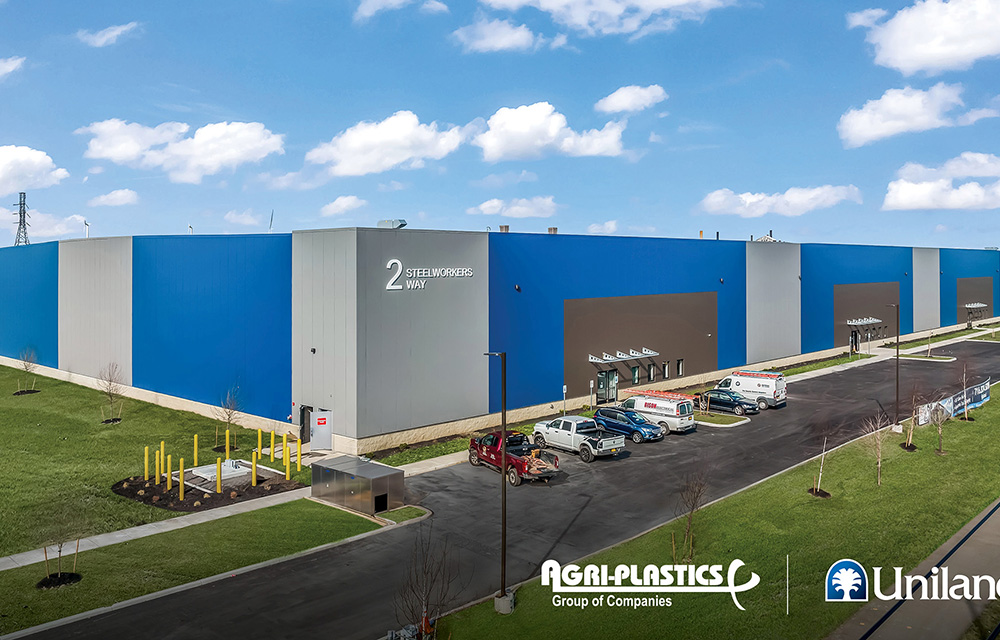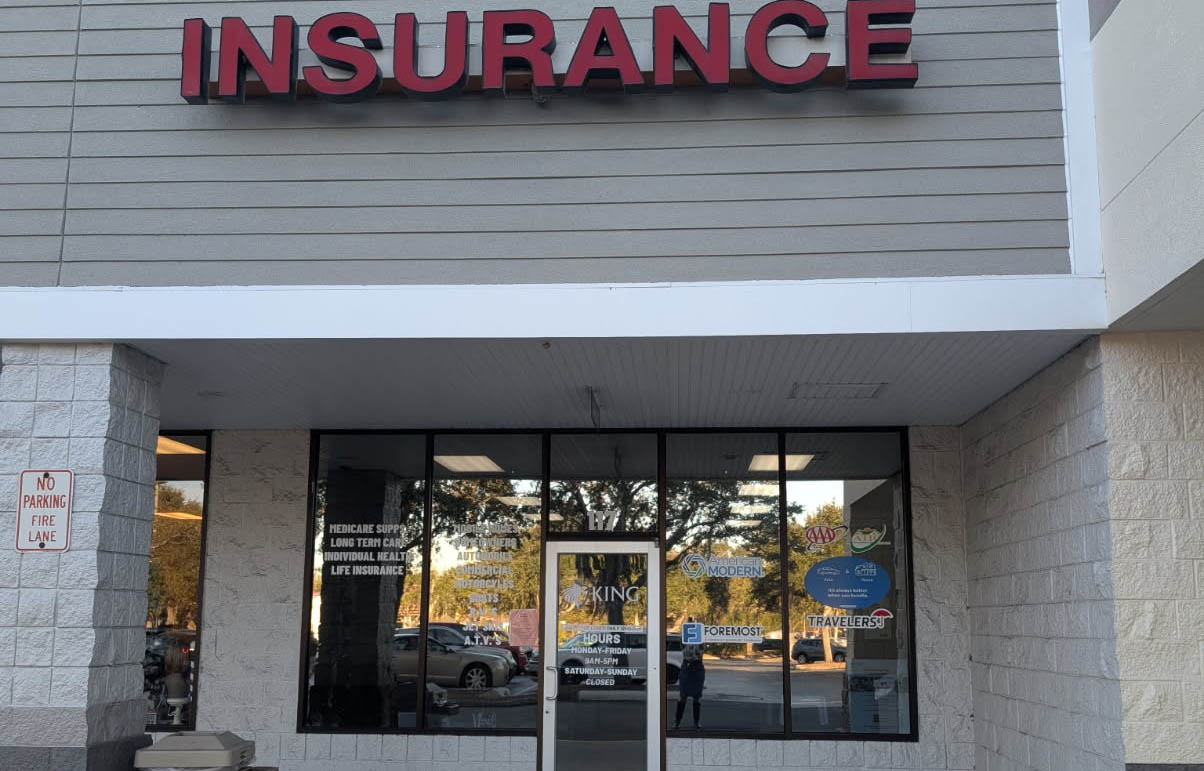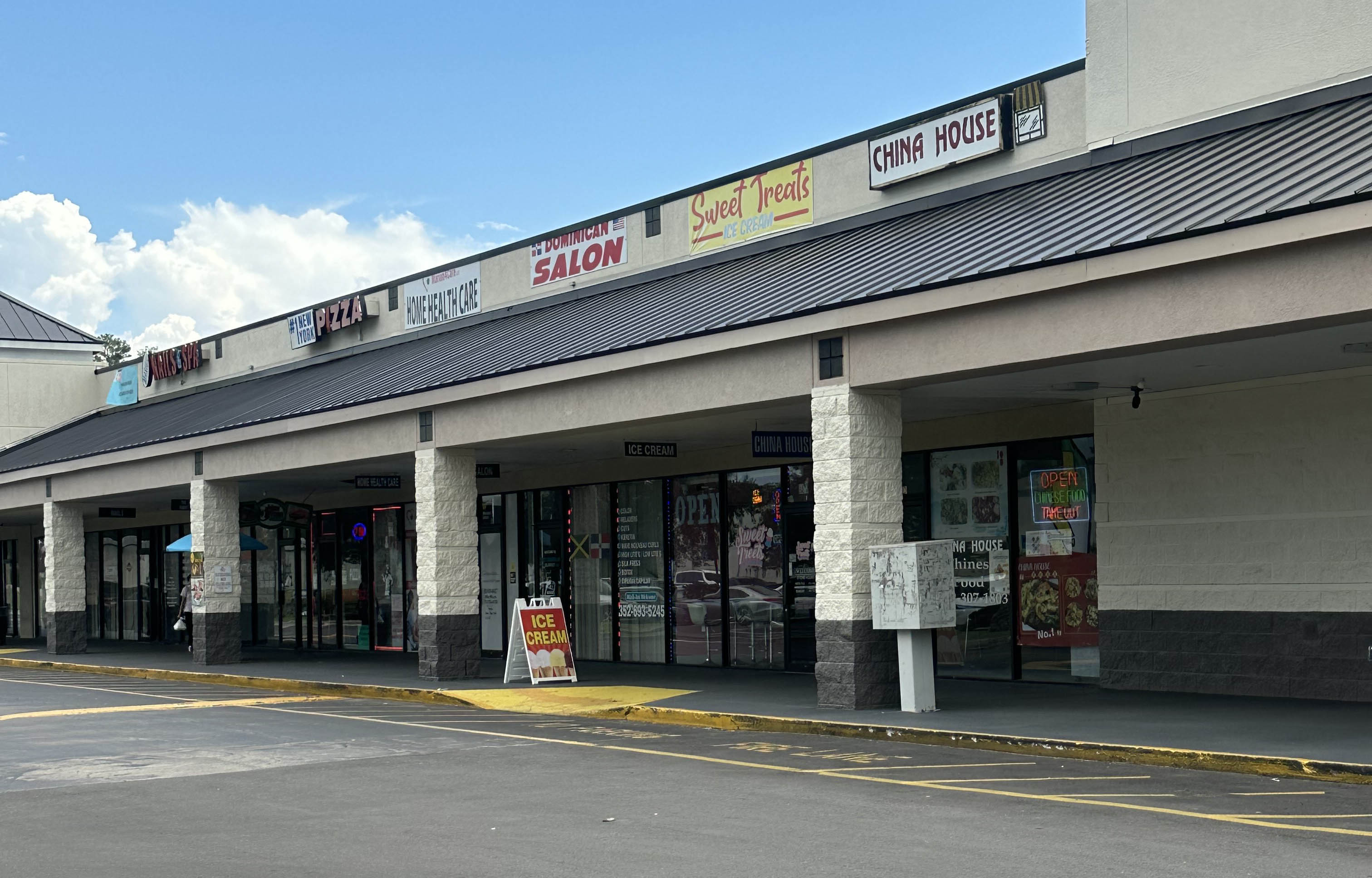Bridge loan lenders want to know these four things - by Mordechai Beren

Bridge loans play an essential role in commercial real estate finance. Borrowers use bridge loans to meet a short-term financing need, despite their high rates. And there’s only a relatively select group of lenders willing to offer bridge loans, largely because of their risky nature.
Time is often of the essence with bridge loans. Terms typically extend from six to 36 months. And lenders rarely agree to transactions running above an 80% loan-to-cost ratio.
Considering the intense environment surrounding these specialized loans, applicants need to understand the information lenders need when making their decisions.
Having managed hundreds of bridge loans representing a total value of over $1 billion over the years, our team has distilled a checklist of four key items bridge lenders look for when qualifying borrowers.
First: The borrower’s credit status and experience
In commercial real estate finance, one frequently hears the expression, “The horse is only as good as the jockey.” That applies to bridge loans. Transactions may involve a highly promising asset in a great location. But lenders will look as closely at the quality of the borrower as they look at the quality of the underlying real estate asset. Borrowers must showcase their ability to execute. They must sell themselves as competent operators.
So, lenders will ask: Is this the sponsor’s first bridge loan? Have they done other deals? Have they staged other successful turnarounds? What’s the borrower’s track record? Can the sponsor show the lender a proof of concept?
Borrowers lacking experience can expect to be turned down. First-timers shouldn’t expect a bridge loan on a property with no in-place cashflow, such as an office building that will remain empty during a year-long conversion to multifamily. They also can’t really expect a bridge loan for a full-blown, ground-up construction loan.
Does this mean that first-timers stand no chance of attracting a bridge loan? Well, pretty much. Bridge lenders rarely invest in first-time customers bringing in large deals or a heavy repositioning. Rookie borrowers generally need to sweeten the pot with a strong personal guarantee, adding equity, partnering with a more-experienced sponsor, or other credit enhancers.
Second: The asset’s current condition, including such factors as cash flow, occupancy, et al
Naturally, lenders will closely scrutinize the deal itself–and will want to understand the status of the property. Let’s say a borrower wants a bridge loan to buy a multifamily, suburban property. The asset is rather dated, with units renting for $1,000 a month. Yet units elsewhere in the market are generating $1,500 rents. Potential bridge lenders will want to understand the reasons behind the discrepancy. They’ll ask questions like: What’s the condition of the units? Why is the building only partially occupied? Are there deferred maintenance issues? Do appliances, roofs, or HVAC systems need repair or replacement? The lender will be taking stock of the “as-is” as a guidepost in determining whether the property is suited for repositioning.
Lenders also want to know if there is some current in-place cash flow in the event of a default. They want to feel comfortable about the prospect of taking over the property. Naturally, these cashflow or occupancy variables won’t come into play on construction loans, where judgments are made, unsurprisingly, on various construction-related cost variables.
Third: The scope of the business plan, including capital expenses
The sponsors tell the prospective lender that they’re taking a site with apartments renting at $1,000, with plans to take that figure up to $1,500.Lenders will ask how you’re going to do it. What’s your business plan? What improvements are planned? Can you justify your target rent figure?
The bridge loan lender will always look at the “nitty-gritty” of what you need the money for. What are the actual numbers behind the business plan? Does the business plan make sense? How are borrowers going to get where they are trying to go?
And to judge whether the target rent is justified in this particular market, the lender will look at rental and sales comps for a reality check.
Fourth: Final projected cash flow at stabilization
Sadly, some less-then-scrupulous lenders engage in manipulative “loan-to-own” tactics. But most want to keep lending, avoiding default-followed-by-takeover scenarios. Most want to get paid back when the loan term ends, and then keep recycling their money. That’s why lenders need to know about the finalized product. They’ll ask for a pro-forma with the projected cash flow once the property is stabilized and operating as envisioned. They’ll need to know their debt position will get taken out by a sale, a refinancing, or some other capital event.
Bridge loan applicants will maximize their chances for success by focusing on the four items above. That’s because they’ll be giving lenders the information they need to feel comfortable about lending to the borrower and the underlying asset.
This column originally appeared in Real Estate Weekly.
Mordechai Beren is a managing director of the structured finance & bridge division at Eastern Union, New York, N.Y.
Hanna Commercial Real Estate brokers Agri-Plastics 64,000 s/f manufacturing facility lease at Uniland’s 2 Steelworkers Way


Strategic pause - by Shallini Mehra and Chirag Doshi

Lasting effects of eminent domain on commercial development - by Sebastian Jablonski

AI comes to public relations, but be cautious, experts say - by Harry Zlokower









.jpg)
.gif)
.gif)